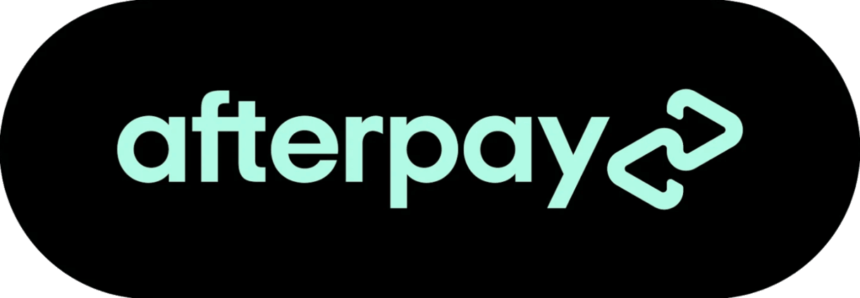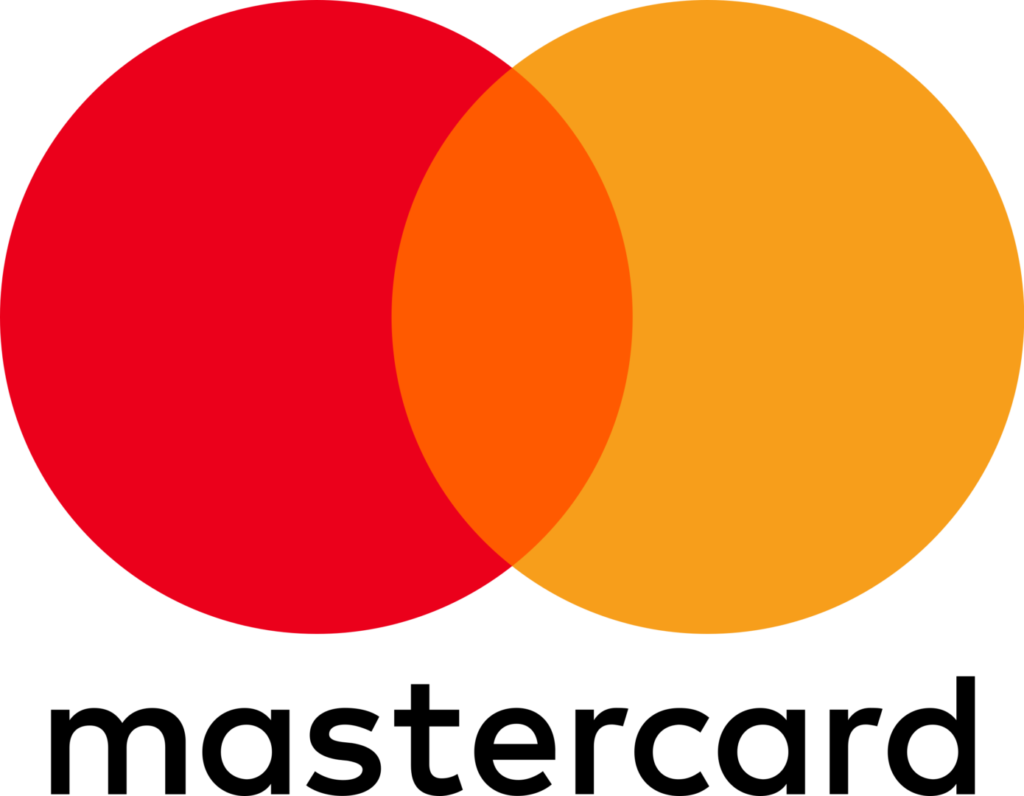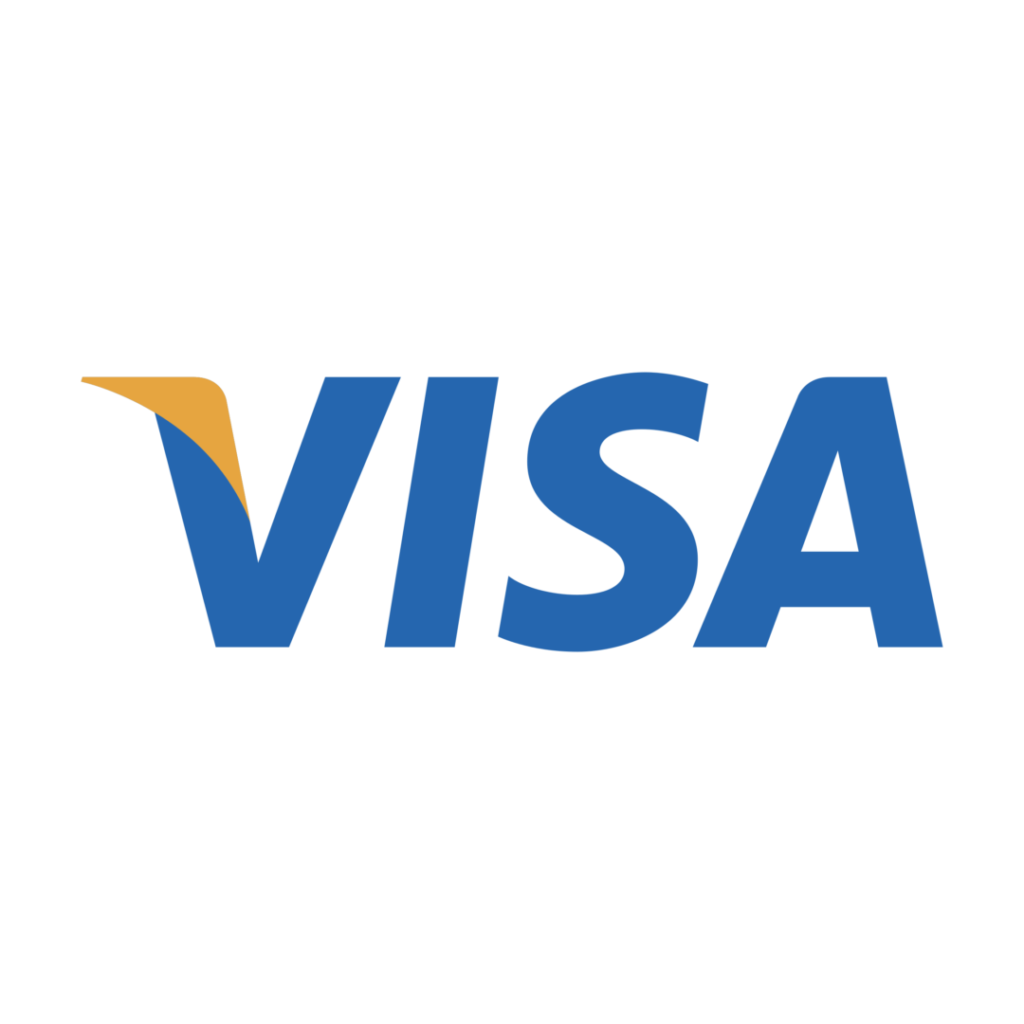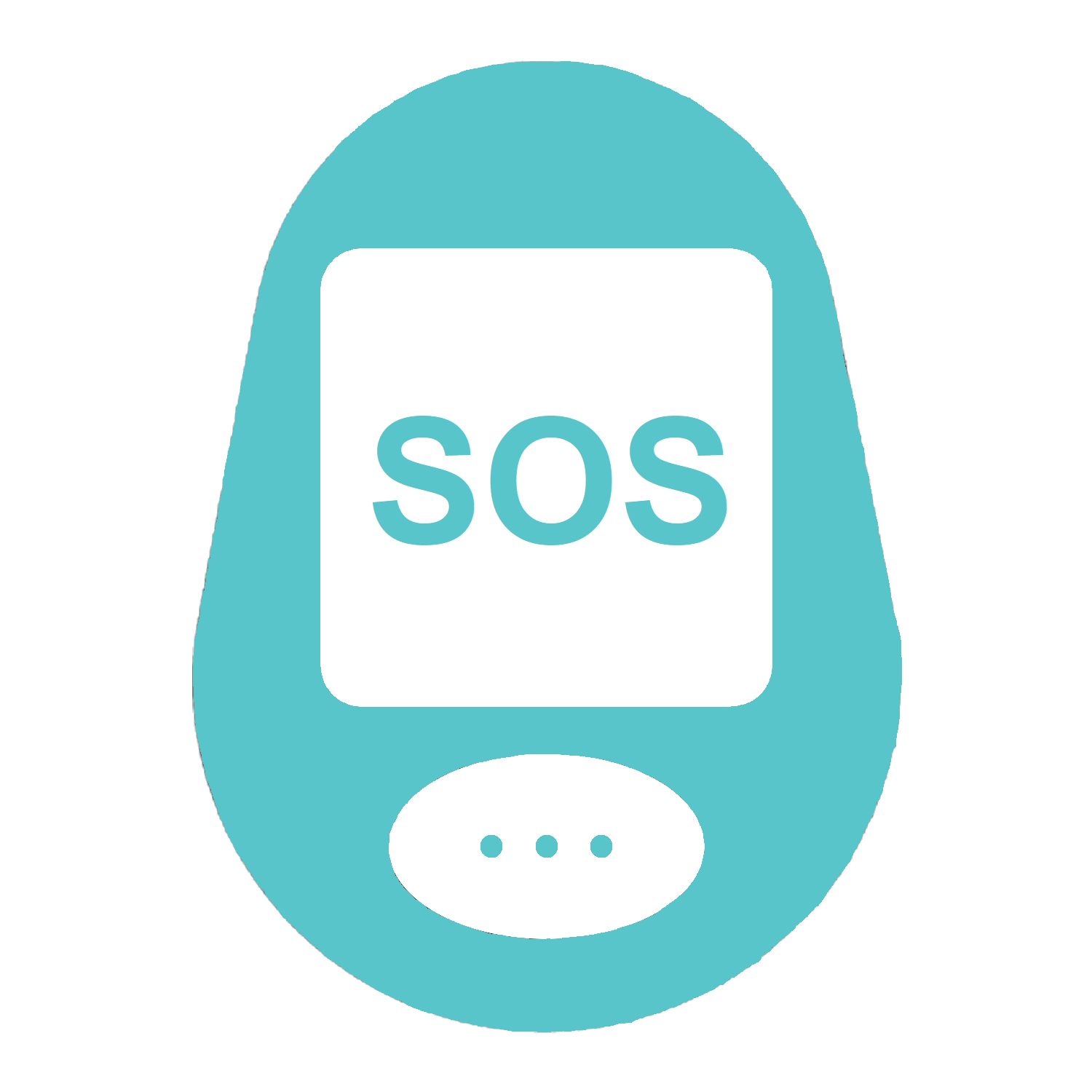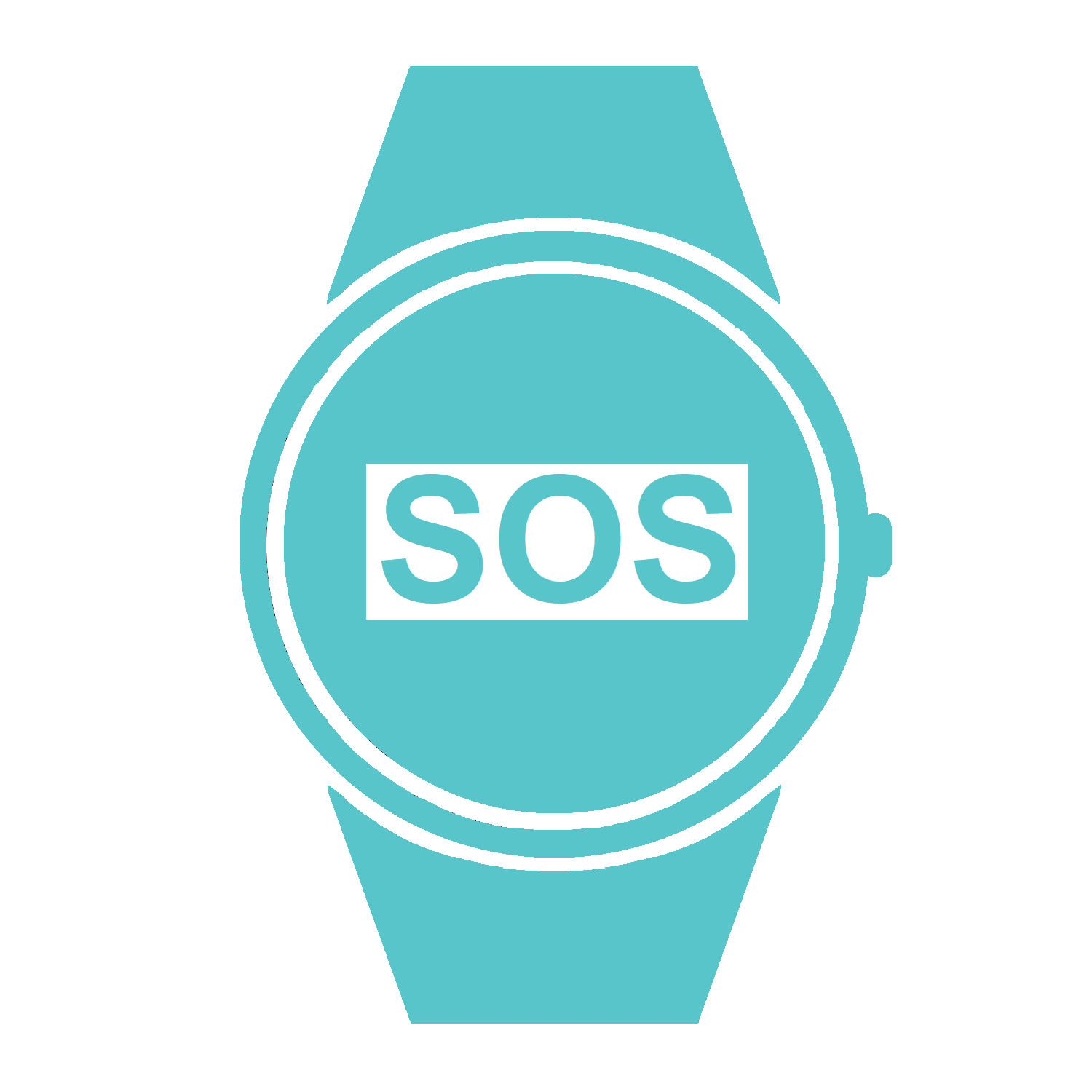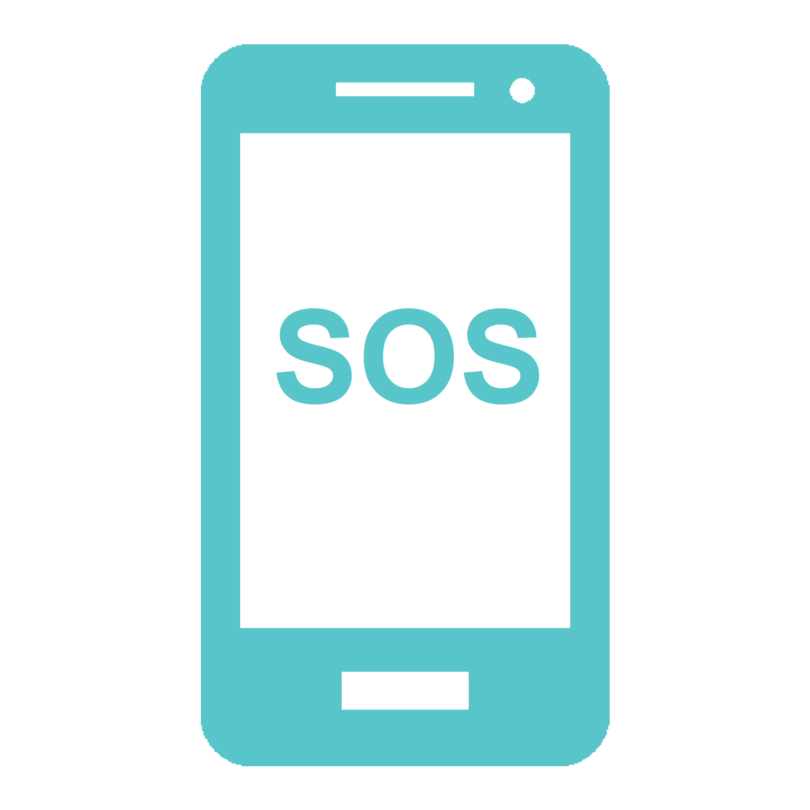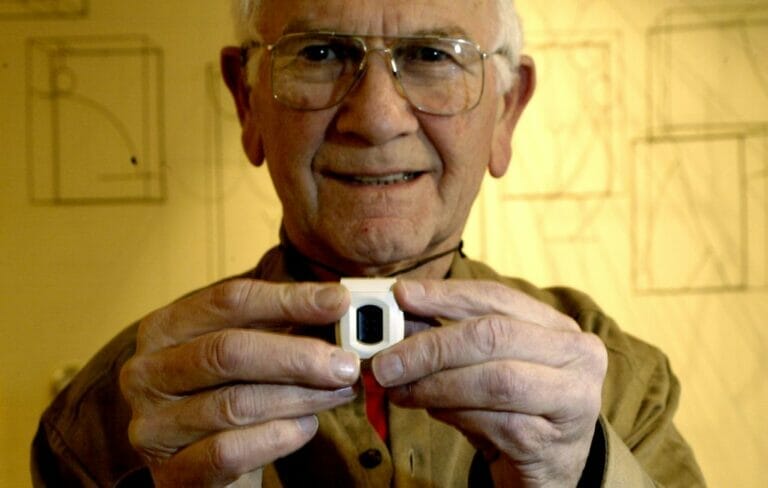While occupational therapists, physiotherapists and general practitioners often tell us how invaluable Alert Pendants are for their clients. It wasn’t until this question, by an aged pensioner, prompted us to pose the same question to every Private Health Care Provider in Australia. The answer universally received was no, but. . .
The medical community however recognises that emergency alert devices enhance the quality of life for many. Seniors especially enjoy the peace of mind that whether they’re out and about or in the comfort of their own home, help is available at the press of a button.
Naturally, Health Insurance Providers must receive more money than they pay out to stay in business. To think that subsidising a Safety Pendant is not economically viable is shortsighted thinking. The reality is that Health Funds would actually save money by encouraging their higher risk members to acquire an Emergency Alert.
The Case for Private Health Funding for a Medical Alert
Let’s focus on a single aspect of how having a Medical Alert might save money for a Private Health Fund. . . Seniors Falling. With one out of three 65 year-olds and over experiencing a fall each year, this has become an epidemic problem that jeopardises the opportunity for seniors to live independently.
According to Falls Prevention South Australia: “No other single cause of injury, including road trauma, costs the health system more than falls.”
The Australian Institute of Health and Welfare reported:
“The patient days for hospital care directly attributable to fall-related injury doubled over the [period between 1999-2011].”
In 2009-10, “the estimated number of hospitalised injury cases due to falls in older people was 83,800 – more than 5,100 extra cases than in 2008-09. One in every ten days spent in hospital by a person aged 65 and older was directly attributable to an injurious fall (1.3 million patient days over the year), and the average length of stay per fall injury was estimated to be 15.5 days.”
Falls statistics released by Queensland Health reveal:
“Expenditure on hospital admitted patient services due to fall-related injuries among people aged 65 years and over was estimated to be $118.9 million in 2008-09 – an annual rise of around 11%.”
“Hip fractures were the most frequent type of fall-related injury, and accounted for almost 50% of the estimated expenditure ($15,046) for all fall- related admissions.”
Of course, while a Medical Alert won’t prevent a fall, it can significantly reduce the time the faller remains on the ground which is often the cause of further and even more serious injury. Nearly half of the seniors who fall cannot get up without help. Lying on the ground too long can lead to rhabdomyolysis, pressure ulcers, pneumonia, dehydration, hypothermia, and even death. (In next month’s blog, we’ll elaborate on this paragraph in greater detail.)
Clearly, a lot of money is being spent on hospital care due to seniors’ falls. Assuming those with Private Health Cover, who are a high falls risk, were to use an Alert Pendant, statistics indicate that the time spent in hospitals from fall-related injuries and their associated complications would, in fact, decrease.
The medical community already has access to a variety of tools and tests to determine high risk candidates who could qualify for Private Health Funding.
With hospitals already having to play musical beds with an ever-increasing number of fall sufferers, why not reverse the trend by lessening the severity of fall-related injuries, or even making a trip to the hospital unnecessary.
We invite Private Health Insurers to do the maths and see that it makes both humane and economic sense to subsidise a Medical Alert for its members when recommended by a medical professional.

